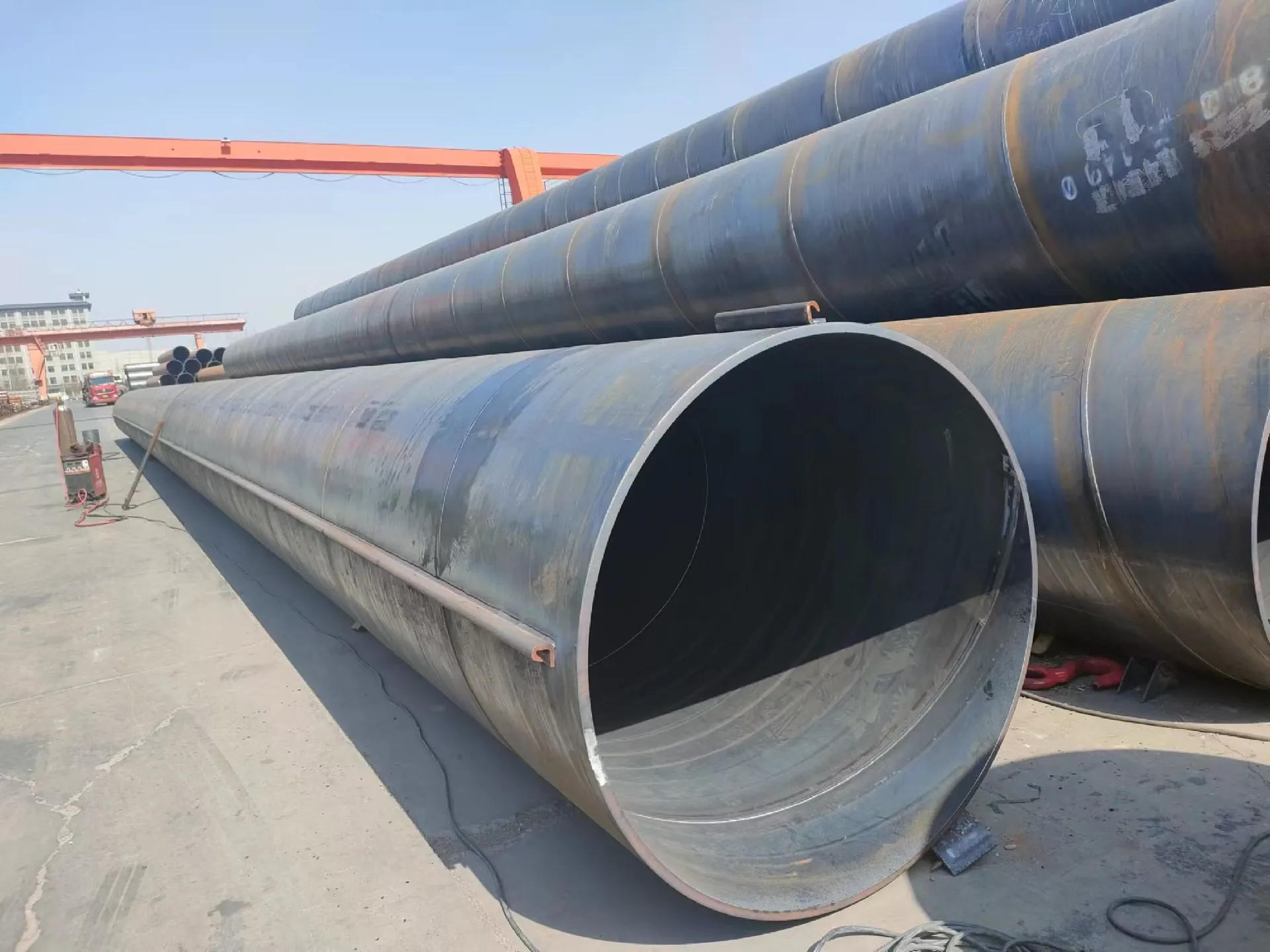-
Cangzhou Yulong Steel Co., Ltd.
-
Phone:
+86 13303177267 -
Email:
admin@ylsteelfittings.com

Dec . 04, 2024 18:03 Back to list
ansi b 16.1
Understanding ANSI B16.1 The Foundation of Cast Iron Pipe Flanges
The ANSI B16.1 standard holds a significant place in the world of industrial piping systems, particularly concerning cast iron pipe flanges. Established by the American National Standards Institute (ANSI), this standard sets forth specifications for flanged fittings made from cast iron, providing guidelines that ensure the compatibility, interchangeability, and safety of these essential components in piping systems.
At its core, ANSI B16.1 outlines the dimensional and material requirements for cast iron flanges, which are critical for connecting various sections of piping. These flanges facilitate the assembly and disassembly of pipe systems, allowing maintenance and modifications without the need for extensive disassembly. The standard categorizes flanges into different pressure classes, which is a key factor in determining their suitability for various applications.
Key Features of ANSI B16.1
One of the primary features of ANSI B16.1 is its emphasis on the dimensional tolerances of flanges. The standard specifies details such as the outer diameter, thickness, bolt hole dimensions, and the spacing between bolt holes. By providing these specifications, ANSI B16.1 ensures that flanges from different manufacturers can be used interchangeably. This interoperability is vital in many industries, including water treatment, sewage, and chemical processing, where downtime can result in severe economic repercussions.
Moreover, ANSI B16.1 distinguishes between different types of flanged joints. For instance, it classifies flanges into various grades based on their strength and pressure-handling capabilities. These include Class 25 and Class 125, with each class designed for specific pressure ratings. Understanding these classifications allows engineers and designers to select the right flange for their specific operational requirements, ensuring that the system performs reliably under expected pressures and environmental conditions.
Material Considerations
ansi b 16.1

Another critical aspect highlighted in ANSI B16.1 is the material specifications for cast iron flanges. The standard primarily focuses on gray cast iron, which is known for its excellent casting properties, machinability, and resistance to deformation under load. However, it is essential for users to be aware of the limitations of gray cast iron, particularly its brittleness, which can be a concern when subjected to shock loads or extreme temperatures.
Additionally, ANSI B16.1 encourages the use of suitable coatings to enhance the corrosion resistance of cast iron flanges. Corrosion can significantly affect the longevity and performance of piping systems, and using appropriate methods such as painting or galvanizing can help mitigate these risks.
The Role of ANSI B16.1 in Industry
The implications of adhering to ANSI B16.1 are far-reaching. For contractors and engineers, compliance with the standard signifies that the components they are using are reliable and safe. It builds confidence in the design and execution of piping systems, reducing the likelihood of leaks, failures, and costly repairs. Furthermore, industries that incorporate these standards demonstrate a commitment to quality and safety, which can enhance their reputations among clients and regulatory bodies.
In the broader context, ANSI B16.1 contributes to the standardization of flanged fittings across the industry. By reducing variability, it aids in the development of reliable supply chains, as manufacturers can ensure that their products meet the same minimum quality requirements. This standardization is critical in global markets, where different manufacturers may provide components that need to work seamlessly together.
Conclusion
In conclusion, ANSI B16.1 is more than just a technical specification; it serves as a cornerstone in the safe and efficient operation of piping systems involving cast iron flanges. By establishing clear dimensional, material, and performance criteria, it offers guidance that facilitates interoperability and reliability in industrial applications. As industries continue to evolve and demand higher standards of safety and performance, the relevance of ANSI B16.1 remains steadfast, ensuring that the foundation of piping systems is built on sound principles and practices.
Latest news
-
ANSI 150P SS304 SO FLANGE
NewsFeb.14,2025
-
ASTM A333GR6 STEEL PIPE
NewsJan.20,2025
-
ANSI B16.5 WELDING NECK FLANGE
NewsJan.15,2026
-
ANSI B16.5 SLIP-ON FLANGE
NewsApr.19,2024
-
DIN86044 PLATE FLANGE
NewsApr.19,2024
-
DIN2527 BLIND FLANGE
NewsApr.12,2024
-
JIS B2311 Butt-Welding Fittings LR/SR 45°/90° /180°Seamless/Weld
NewsApr.23,2024
-
DIN2605-2617 Butt-Welding Fittings LR/SR 45°/90°/180° Seamless/Weld
NewsApr.23,2024











